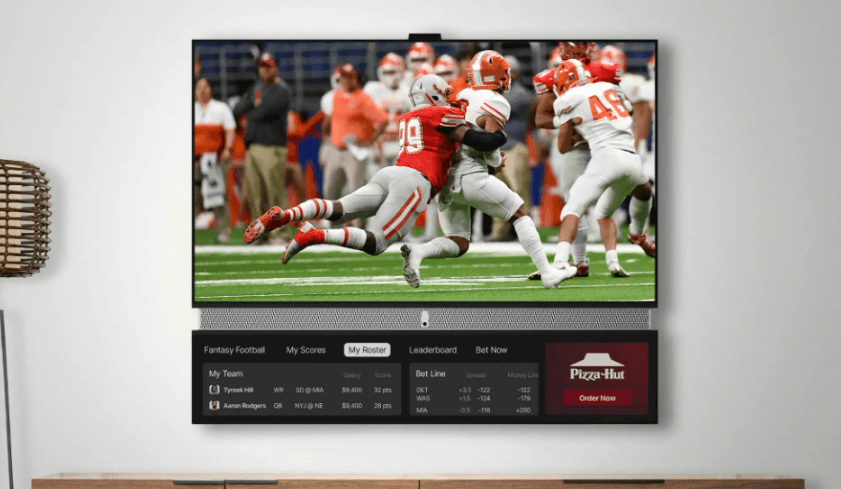
TV manufacturers are stooping to a new low as the industry shifts to an advertising revenue-based model, and they’re even prepared to sell new televisions at a loss, industry analysts say.
That’s according to a report in BroadbandTVNews, which highlights research from Omdia showing that TV makers believe the profits from data collection and targeted advertising can be so lucrative, that they’re willing to lose money on the actual hardware just to get consumers on board.
Omdia’s research director Paul Gray said at the HbbTV Symposium in London last week that the business model is “shifting away from making money on TV sets”, and that companies are now looking to make money on the ads and data those sets facilitate.
Gray named two popular U.S. brands – Vizio and Roku – as examples of companies selling new TVs at a loss. “They’re selling TVs at somewhere between -3% and -7% margin, just in that scramble for users,” he said.
Those two companies are hardly alone in pursuing such a strategy. Last year, a company called TeeVee arrived on the scene, offering to give U.S. consumers a 55-inch 4K television called "Telly" at no cost, so long as they sign a contract that stipulates they’re okay with being bombarded with ads while they’re viewing.
TeeVee's Telly even came with an additional second screen, mounted just below the main TV, enabling the company to bombard consumers with never-ending ads without disrupting the actual content.

Gray said the trend currently appears to be restricted to U.S. markets, where viewers have traditionally always faced a heavier slate of ads than in other markets. The shift comes at a time when the traditional broadcast model is also being disrupted by internet-based streaming platforms.
The analyst said it remains to be seen if the same strategy, of selling TVs at a loss, will appear in other markets, as viewers in different regions have contrasting expectations. As such, he thinks it’s more likely we’ll see tailored strategies for each region. For instance, while there are some opportunities for ads in Europe, consumers there generally prefer more premium TV hardware, which means there’s still a significant revenue opportunity on sales of higher-end TV sets.
Meanwhile in China, Omida describes smart TV-based ad revenues as “minimal” and notes that consumers in the country have a preference for much larger screen sizes, so there’s less potential for ad-based models.